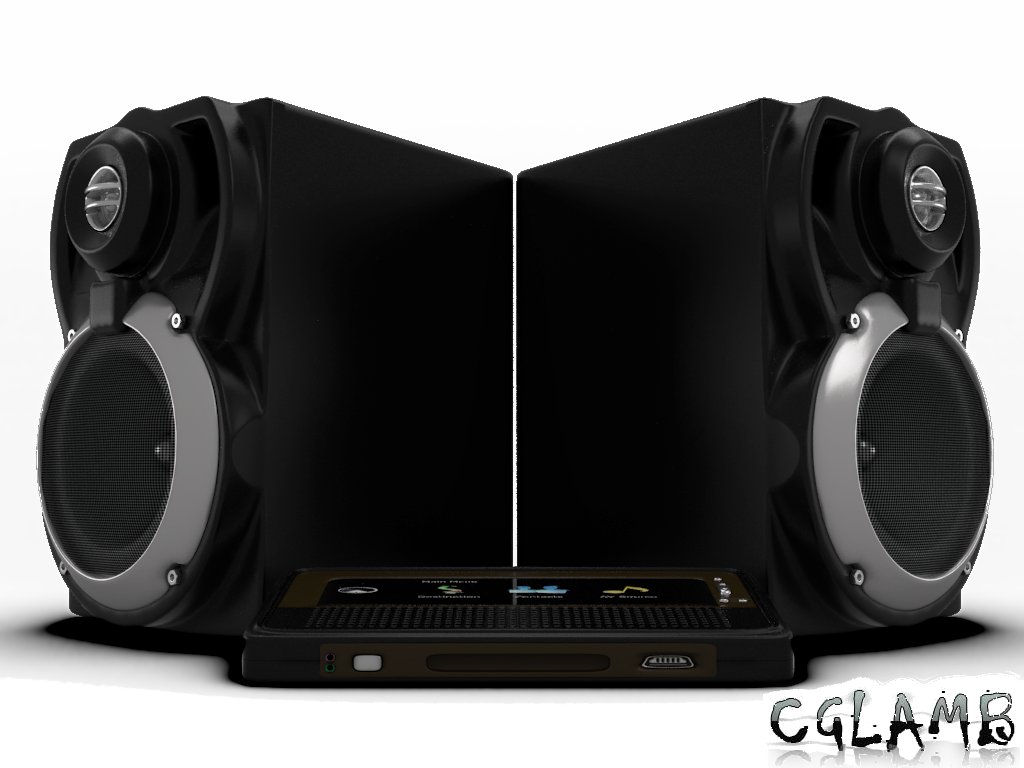An intersting article from sundialsvc4
from
blenderartists.org
.......FYI: Five easy workflow tips I learned the hard way...
For many years, I have looked with envy upon all of you who actually possess the "rendering machines from hell" that I have always wanted. But somehow I have managed to make do, and, for whatever it might be worth, here are a handful of suggestions that might be useful if you, too, "must make a dollar out of twenty-nine cents (or less)."
Tip #1: Don't try to do it all at once, with one render:
In Greco-Roman mythology, Venus miraculously appeared out of a clamshell on the beach. (And, yeah, she was totally starkers... but, this being Greco-Roman mythology, "you already guessed that, didn't you?") But a better approach, generally, is to break down each shot into individual elements that can be composited together. This gives you, immediately, at least three "big wins":
1. Everything that does not vary from one frame to the next, only needs to be calculated once.
2. Invariably, you will discover one thing that is wrong with your shot. This way, you don't have to start over completely from scratch.
3. Many effects can be "tweaked" to very useful effect after the initial rendering (of that piece of the shot) is done. For instance, the color and intensity of shadows can be adjusted "after the fact," once the renderer has told us where the shadows need to be; their location & density, source by source.
There is a good reason for "multi-track (music studio) recording!"
Tip #1a: Nodes.
'Nuff said.
Tip #2: "Never mind what it really is... what does it look like?"
The very best asset that you have is the imagination and the experience of your willing audience. You almost never actually have to produce something that is physically perfect. You just have to be convincing. Consider what it looks like, and then consider what is the least that you have to do to "sell the shot." Over the course of a project that might entail hundreds of such shots, and many weeks or months, those little economies add up fast.
You can sometimes get away with a deliberate lie. Star Wars Episode One shipped to theaters with a podracer crowd-scene where the "crowd" consisted of colored Q-Tips(R) cotton swabs. No one noticed until a "making of" book pointed it out. You had seen the real crowd before, and your mind simply substituted what it had been conditioned to expect to see. (The shot has since been replaced.)
"Ingrid, fake it."
-- Alfred Hitchcock's acting advice to Ingrid Bergman
Tip #3: Learn about gamma and "Color Management":
If you're not using Blender 2.5x yet... c'mon in, the water's fine. One of the most important features of this version is Color Management, which automatically handles the most-vexing practical problem in all of compositing: gamma. All of rendering and compositing is based on "arithmetic," and this makes it "simple arithmetic." Learn why.
Tip #4: "MultiLayer" files:
Break your scenes down into a "production line" of smaller processing steps, and, every step of the way, use the "MultiLayer" file format. This will capture all of the render layers separately, into a single file which is in an industry-standard format that is designed for the capture of render information. All of the data will be captured in a high-resolution floating point format, so you'll never start seeing "compression artifacts." (Trust me, that is a Very Good Thing.) The file-format was designed by ILM ... yeah, those folks ... and significantly improved-upon by Blender.
"Rendering one frame per file" is also wonderful when your computer crashes in the middl@$#%@
Tip #4a: Don't actually throw anything (or any version of anything) away:
Disk space is cheap. Human effort isn't. Always reserve the right to change your mind. Again. Portable hard drives can be bought at Wal-Mart for a song. Keep it anyway. Always room for one more. 'Nuff said.
Tip #5: Shoot it, then edit it, then make it:
One of the "hidden secrets" of Blender is that, right there in the 3D window, you can do "preview renders" of still-frames or animation sequences. Blender obligingly cranks out an actual file, rendered using OpenGL (hardware) graphics. Presto... instant animatics. And, (this being especially good news for those of us who can't draw) they are correct. Camera angles, f-stops, everything is correct "to the finest detail, except for the detail." This allows you to very quickly crank out shots that you can afford to "leave on the cutting-room floor." (Yes, cubes and cones and cylinders can act. Just get the scale & proportions correct, and stick to them.)
A movie looks totally different "in your mind's eye" than it does when you look at (what could be...) an actual shot. Therefore... shoot first, render later. Very quickly crank out a bunch of possible shots. Then, edit your movie completely using those shots. When you finally reach "picture lock," refine and render only those frames. Drop them in, one piece at a time, to replace the animatic "stand-ins." They will fit perfectly. (And, nearly all of the "footage" that you generated in the "animatics" stage will not be used! "But it was quick and dirt-cheap, so who cares?" Pre-cisely.)
It has been said that "a movie is visualized in the director's mind, and captured in the camera, but it is made in the editing room." It's true. Devise your workflow to take full advantage of this idea despite the huge computational cost of rendering. Do this by turning a conventional movie workflow on its head.
.....

